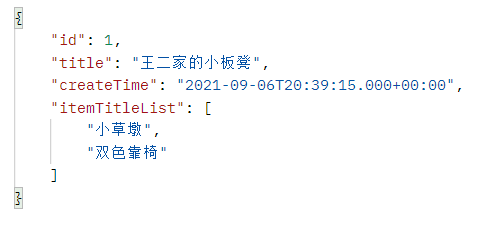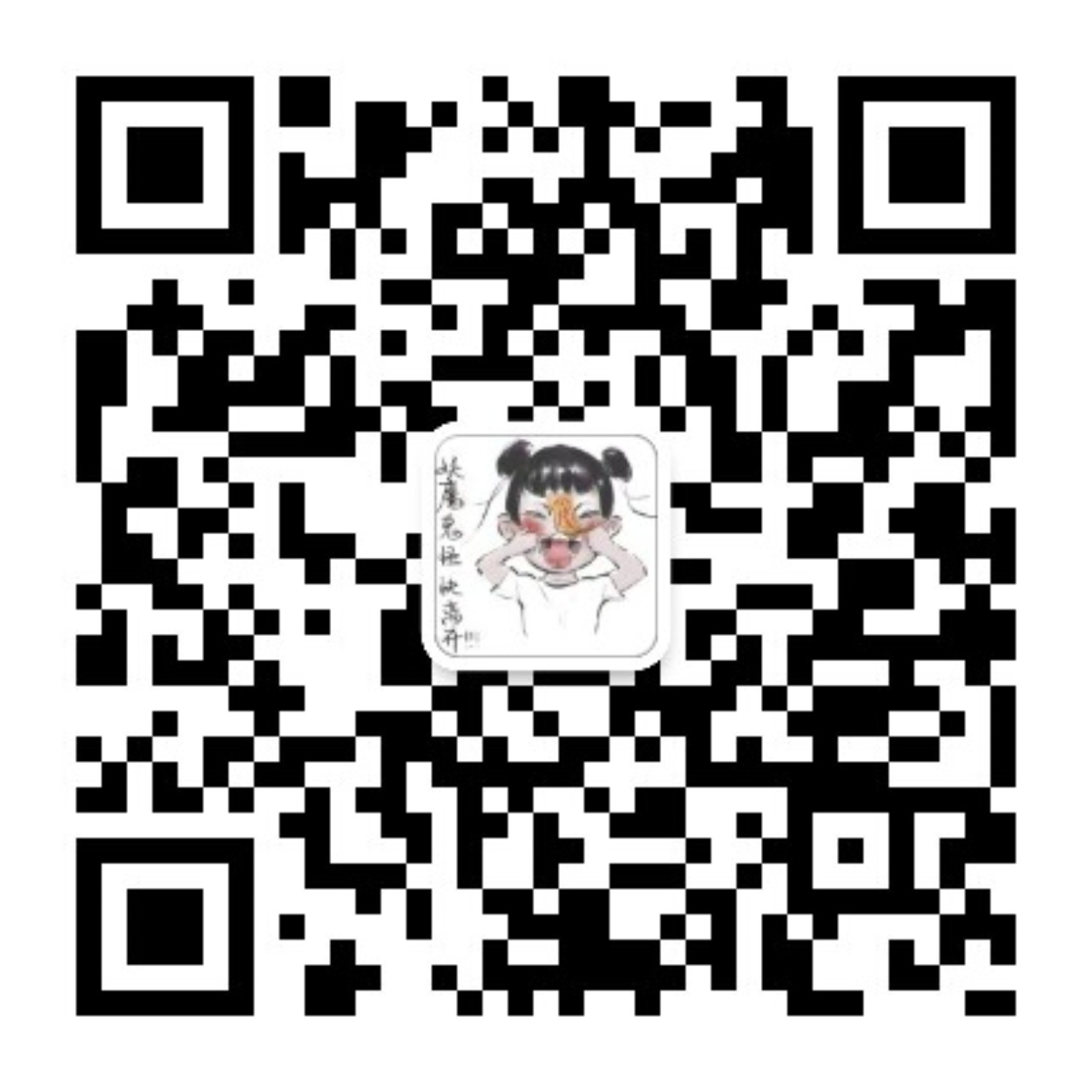前言
记录下最近项目中用到的Mybatis实体类与数据结果集的映射方式。
测试用例
- 查询商品及其子项信息
Table
CREATE TABLE `product` (
`id` int(11) unsigned NOT NULL AUTO_INCREMENT,
`title` varchar(100) COLLATE utf8_unicode_ci DEFAULT NULL,
`create_time` datetime DEFAULT CURRENT_TIMESTAMP,
PRIMARY KEY (`id`)
) ENGINE=InnoDB AUTO_INCREMENT=35 DEFAULT CHARSET=utf8 COLLATE=utf8_unicode_ci
CREATE TABLE `product_item` (
`id` int(11) unsigned NOT NULL AUTO_INCREMENT,
`title` varchar(100) COLLATE utf8_unicode_ci DEFAULT NULL,
`product_id` int(10) unsigned NOT NULL,
`create_time` datetime DEFAULT CURRENT_TIMESTAMP,
PRIMARY KEY (`id`)
) ENGINE=InnoDB AUTO_INCREMENT=1 DEFAULT CHARSET=utf8 COLLATE=utf8_unicode_ci
ProductController.java
/**
* 查询商品明细
* @param id
* @return
*/
@GetMapping("/{id}/detail")
public ProductDetailVo getDetail(@PathVariable(value = "id") Integer id) {
return productService.getDetail(id);
}
ProductService.java
public ProductDetailVo getDetail(Integer id) {
return productMapper.getDetail(id);
}
ProductMapper.java
/**
* 查询明细
* @param id
* @return
*/
ProductDetailVo getDetail(Integer id);
Product.java
@Getter
@Setter
public class Product {
private Integer id;
private String title;
private Date createTime;
}
ProductDetailVo.java
@Data
public class ProductDetailVo extends Product {
private List<String> itemTitleList;
}
映射方式
resultType使用as指定别名
ProductMapper.xml
<select id="getDetail" resultType="com.coisini.mybatislearn.vo.ProductDetailVo">
select a.id as id, a.title as title, a.create_time as createTime
from product a
where id = #{id}
</select>
- 查询结果:

reusultMap对应实体
ProductMapper.xml
<resultMap id="BaseResultMap" type="com.coisini.mybatislearn.model.Product">
<id column="id" property="id"/>
<result column="title" property="title"/>
<result column="create_time" property="createTime"/>
</resultMap>
<!-- extends="BaseResultMap" 继承BaseResultMap的所有属性 -->
<resultMap id="DetailResultMap" type="com.coisini.mybatislearn.vo.ProductDetailVo" extends="BaseResultMap">
</resultMap>
<!-- reusultMap对应实体 -->
<select id="getDetail" resultMap="DetailResultMap">
select * from product
where id = #{id}
</select>
- 查询结果:

Collection集合映射
- 上述示例都没有查询
Item子项,product与Item子项是一对多的关系,这种情况多在java代码中处理,这里我们用Collection集合映射来查询一下 ProductMapper.xml
<resultMap id="BaseResultMap" type="com.coisini.mybatislearn.model.Product">
<id column="id" property="id"/>
<result column="title" property="title"/>
<result column="create_time" property="createTime"/>
</resultMap>
<!-- 非同名转换 autoMapping 自动映射 -->
<resultMap autoMapping="true" id="DetailResultMap" type="com.coisini.mybatislearn.vo.ProductDetailVo">
<id column="id" property="id"/>
<!-- property 模型中映射的字段名 ofType 模型中映射的字段类型 -->
<collection property="itemTitleList" ofType="java.lang.String">
<constructor>
<!-- column 指定数据集的字段名 -->
<arg column="item_title"></arg>
</constructor>
</collection>
</resultMap>
<select id="getDetail" resultMap="DetailResultMap">
select a.id, a.title, a.create_time,
b.title as item_title
from product a
left join product_item b on a.id = b.product_id
where a.id = #{id}
</select>
- 如上所示,可通过
collection标签将查询出来的数据集映射到指定的模型上,查询结果如下:

